|
By Riley Nylin, Restoration Technician On November 18th, 2019 Riley Nylin, Tyler Pellegrini, and Amanda Contreras completed the 2019 crew planting on the corner of East Flagg Road and South Carthage Road. This 63-acre planting finishes off the Clear Creek Knolls management unit. Over the course of the season, our crew hand-picked 2,930 pounds of seed. Because of the extremely wet conditions of the picking season, we were forced to focus heavily on diversity instead of attempting to collect large amounts of seed. This led us to breaking only one seed collection record. We collected 29 pounds of pussytoes (Antennaria plantaginifolia) when the past record was only 14 pounds! Several different planting mixes were made, but not all of them were used on this site. The handpicked mixes are broken up into five categories: Dry, Dry Mesic, Mesic, Wet, and Woodland. The Wet and Woodland seed mixes were saved for other plantings/over-seeding areas. Within each mix, the crew focused heavily on species diversity. Table 1 displays the total number of species per mix. Once the seed was collected, separated, and mixed, the crew took to the field to plant! By planting 184 species at 50 lbs per acre, they planted a total of 85 acres of new prairie as well as over-seeding a few portions of past plantings. While 63 of the acres were planted at the Flagg and Carthage planting, the other 22 acres were planted at Franklin Creek Natural Area (FCNA). The FCNA planting was in partnership with the Illinois Department of Natural Resources.
1 Comment
Seeds! That essential element of prairie restoration, seeds are hand gathered and then planted by stewards, volunteers, and crew over hundreds of acres at Nachusa Grasslands each year. Gathering seeds by hand assures that only the right, ready, and wanted species are collected. But there is another method of seed harvesting and planting utilized at Nachusa: mechanized, with combine and broadcast seeders. With a combine, very large areas of seeds can be gathered in a very short time. In 2016, the Nachusa crew hand collected about 4000 lbs. of seed, while combining yielded about 20,000 lbs. Combining is not as precise a method as hand gathering and will retrieve the seeds of everything in its path, including weeds. This is minimized by carefully monitoring the path of the combine and either driving around an area of unwanted seeds or by disengaging the combine head. The photo above shows a field which yielded a variety of seeds: Big and Little Bluestem; Indian Grass; Smooth, Sky Blue, and Silky Asters; Old Field, Missouri, and Showy Goldenrod; Rough Blazing Star; Round–headed Bush Clover; and Pale Purple Coneflower, among others. The advantage of this method, in addition to large-scale collecting, is that it frees the crew to concentrate on rare, harder to collect seeds, such as from those plants that are too low to the ground to gather by combining. Combines can operate with different types of heads (front part of combine) for harvesting various grains and seeds. Nachusa's combine uses a rice-stripping head. The metal "fingers" (photo above) spin very fast, stripping seeds off each stem. This is much more efficient and collects less chaff compared to using a soybean head, which cuts and harvests the stems along with the seeds. The combine has also been further modified: the fans have been turned off and the top of the stripping head has been covered with a wire screen to minimize the loss of the fine, fluffy seeds. Because the special head brings in very little chaff, the seeds can be directly planted without going through the hammermill. After drying, the seed collected by combining is mostly given to conservation partners of Nachusa Grasslands, such as Byron Forest Preserve, Natural Land Institute, and Franklin Creek State Natural Area. Some of the seed is used to supplement the seed hand gathered by stewards and crew. Some of the seed is used to plant areas that were recently cleared of brush. This 103-acre field is much too large an area to plant by hand. The crew fills antique broadcast seeders with a mixture of the combine-gathered seed and hand-gathered seed. The broadcast seeders, attached to the back of trucks, are then driven over the field, again and again, spreading the seed. There are many factors that filter into a successful restoration. Weather, of course, is one factor. Often, after an initial planting, there are places where growth is sparse. Overseeding is done, sometimes over several years, to help increase growth and also to add more diverse plants. Diligent weeding is also done to eradicate unwanted and invasive species. New plantings are often burned on a yearly basis for a few years to help with weed control and encourage native species growth. Nachusa's staff and volunteers have gone through this process of collecting and planting prairies over 120 times within the past 30 years. After many years of care and hard work, a beautifully restored prairie may bloom. This blog was written by Charles Larry, volunteer and photographer at Nachusa. To see more of his images, see: charleslarryphotography.zenfolio.com
|
Blog CoordinatorDee Hudson
I am a nature photographer, a freelance graphic designer, and steward at Nachusa's Thelma Carpenter Prairie. I have taken photos for Nachusa since 2012. EditorJames Higby
I have been a high school French teacher, registered piano technician, and librarian. In retirement I am a volunteer historian at Lee County Historical and Genealogical Society. Categories
All
Archives
January 2024
|
CONNECT WITH US |
|


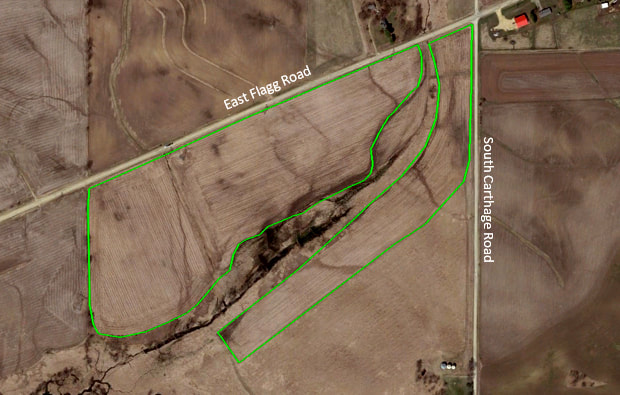
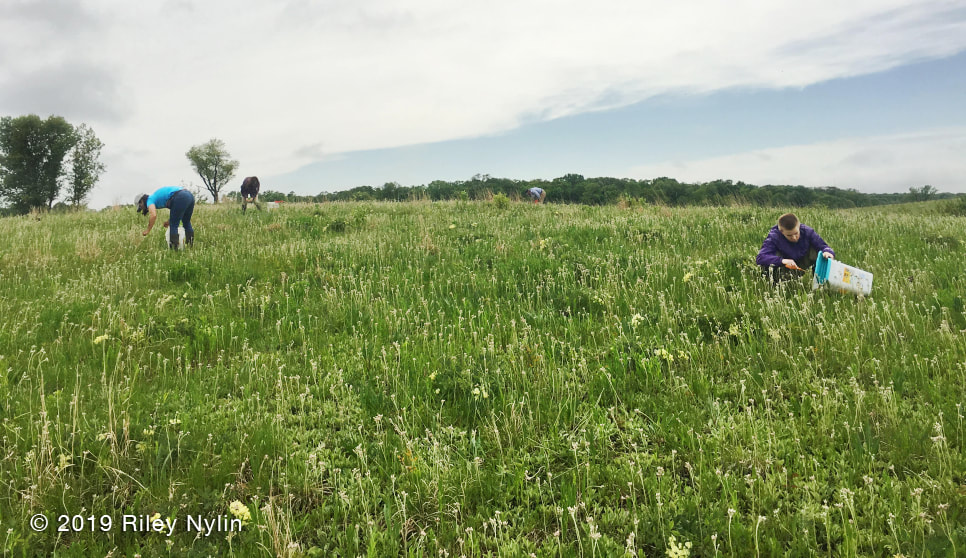
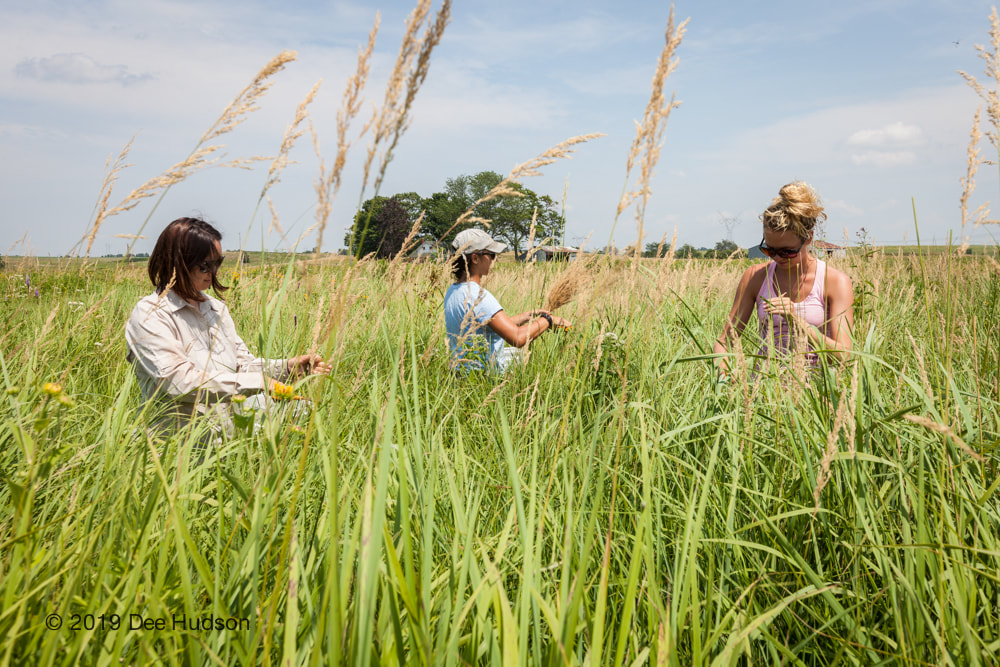








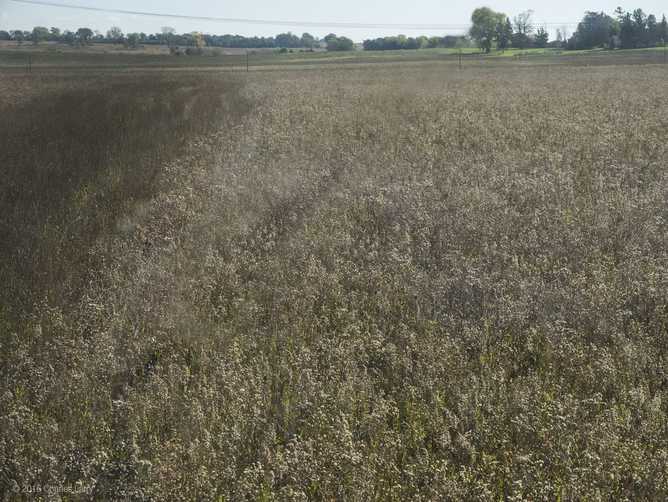


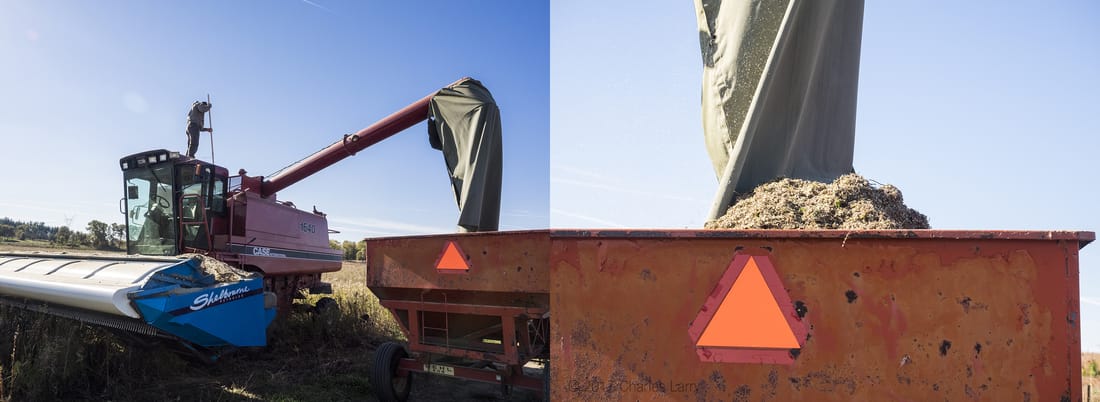


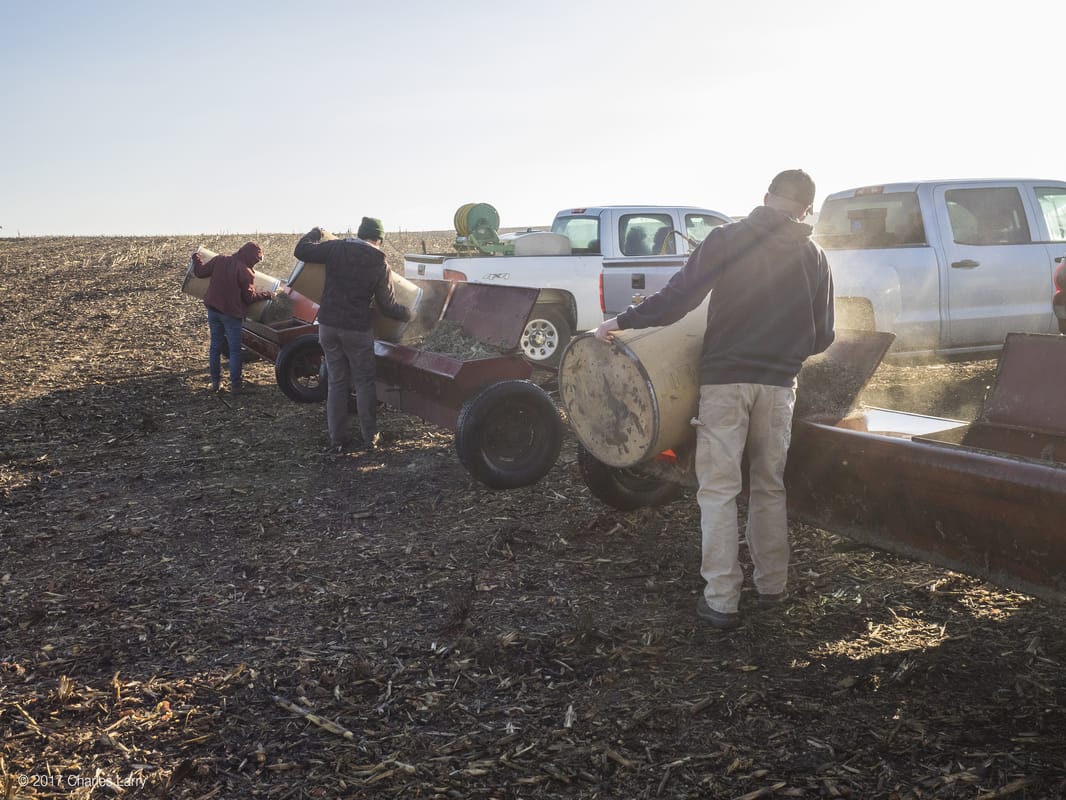


 RSS Feed
RSS Feed